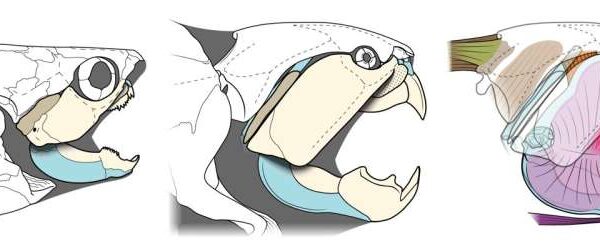The European Union (EU) is set to significantly reduce the number of cookie consent pop-ups that frustrate online users. Under a new proposal from the European Commission, individuals will soon be able to establish their cookie preferences directly within their web browsers. This initiative aims to simplify online privacy choices and eliminate user fatigue caused by years of repetitive consent clicking, as mandated by the General Data Protection Regulation (GDPR).
Addressing Consent Fatigue
The GDPR, implemented in 2018, requires websites to obtain explicit consent before storing non-essential cookies—small files that track user behavior and facilitate personalized advertising. While the regulation was intended to enhance user privacy, many websites employed “dark patterns” to complicate the consent process. These practices led users to quickly agree to terms without fully understanding them, rendering their choices ineffective.
The EU’s proposal for a centralized cookie management system is designed to empower users to make a single choice regarding their privacy settings. This choice, made within their browser, will be respected by all websites operating within the EU each time a user visits. The change promises to create a smoother online experience, reducing interruptions caused by cookie consent requests.
Proposed Changes and Legislative Process
In addition to streamlining consent management, the new rules will alleviate unnecessary burdens on companies. Websites will no longer need to seek consent for certain benign uses of cookies, such as automatically logging in registered users or counting anonymous site visits.
The proposal will require browser integration and is expected to take effect in 2024. In the interim, websites will be mandated to simplify their consent banners, providing users with clear, one-click “yes” or “no” options instead of the complex, multi-layered menus currently in use.
This initiative is currently under consideration in the European Parliament and requires approval from all 27 member states before it can become law. Although the legislative process may take time, the proposal represents a significant step toward creating a more user-friendly and less intrusive online environment for consumers.
With this move, the EU is addressing a pressing issue in the digital landscape, aiming to balance user privacy with a more seamless internet browsing experience.



































































